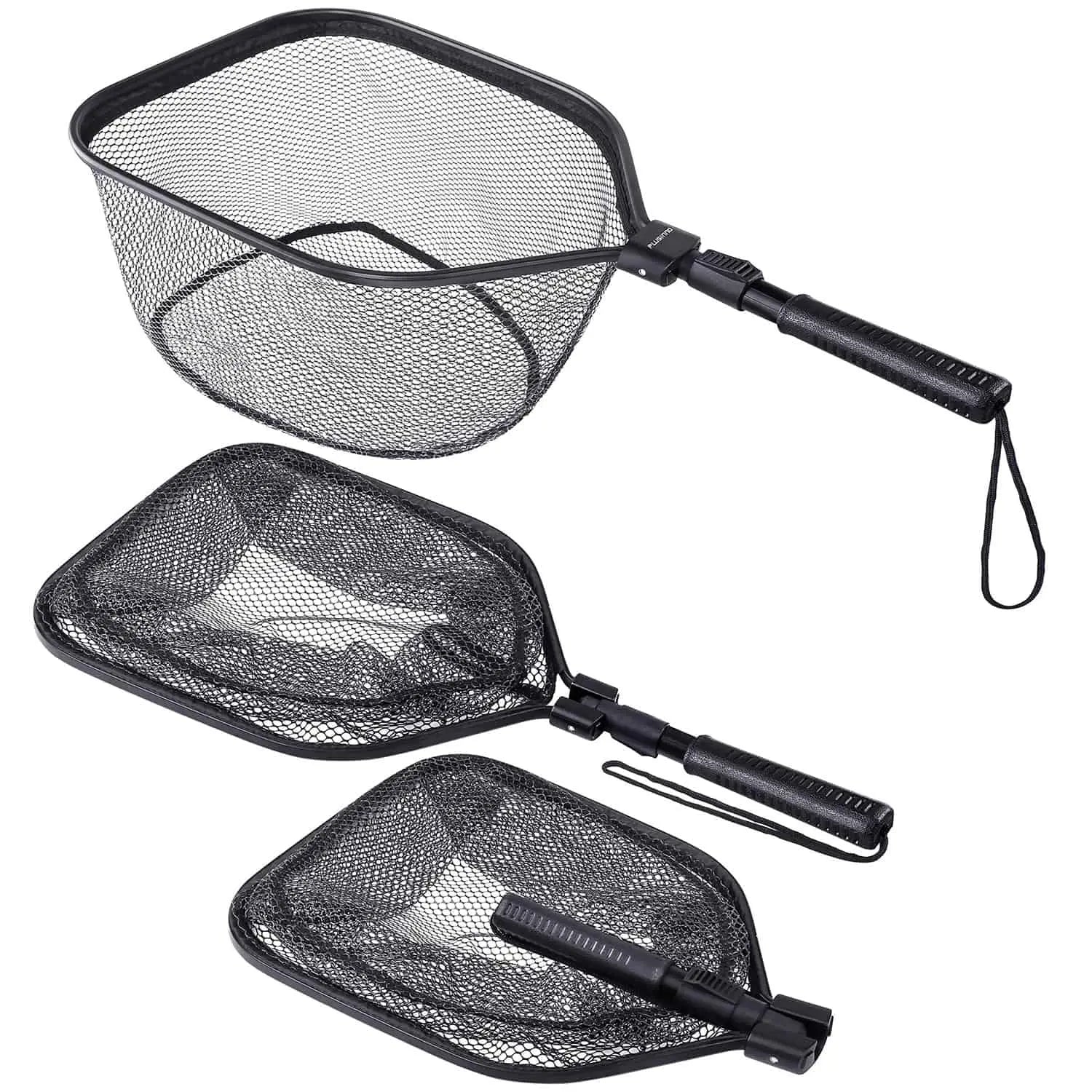Fishing nets have been used for centuries to catch fish and other marine organisms. However, traditional fishing nets often result in unintended consequences, such as the capture of non-target species and the destruction of marine habitats. This is where the importance of selective fishing net designs comes into play.

The Need for Selective Fishing Net Designs
Understanding the importance of selective fishing net designs is crucial in promoting sustainable fishing practices. These designs aim to minimize bycatch, which refers to the unintentional capture of non-target species. By using selective fishing nets, fishermen can target specific species while reducing the impact on other marine life.
For example, one common selective fishing net design is the use of escape panels or grids. These panels allow smaller or non-target fish to escape, while retaining the target species. This not only helps in preserving the population of non-target species but also ensures the long-term sustainability of the target species.
Benefits of Selective Fishing Net Designs
Selective fishing net designs offer numerous benefits for both the environment and the fishing industry. Firstly, they help in maintaining the balance of marine ecosystems by reducing the accidental capture of vulnerable species, such as dolphins, turtles, and seabirds. This is particularly important for protecting endangered species and maintaining biodiversity.
Secondly, selective fishing net designs can improve the economic viability of fishing operations. By reducing bycatch, fishermen can optimize their catch and minimize waste. This leads to higher profits and a more sustainable fishing industry in the long run.
Innovative Approaches to Selective Fishing Net Designs
As technology advances, so do the possibilities for innovative selective fishing net designs. One such approach is the use of acoustic devices that emit specific frequencies to deter non-target species from entering the fishing nets. This technology has shown promising results in reducing bycatch and improving selectivity.
Another innovative approach is the development of biodegradable fishing nets. These nets are designed to break down over time, reducing the risk of entanglement for marine animals. By combining biodegradable materials with selective designs, fishermen can minimize their impact on the environment while still achieving their catch targets.
The Role of Education and Regulation
While selective fishing net designs offer great potential, their effectiveness relies on proper education and regulation. Fishermen need to be trained on the benefits and proper use of selective nets to ensure their widespread adoption. Additionally, governments and fisheries management organizations play a crucial role in implementing regulations that promote the use of selective fishing net designs and penalize unsustainable practices.
By educating fishermen and enforcing regulations, we can create a future where selective fishing net designs are the norm rather than the exception. This will not only benefit the marine environment but also secure the livelihoods of fishermen for generations to come.
In conclusion, understanding the importance of selective fishing net designs is essential for promoting sustainable fishing practices. These designs help minimize bycatch, maintain marine ecosystems, and improve the economic viability of the fishing industry. Through innovative approaches and proper education and regulation, we can ensure a future where selective fishing net designs are widely adopted, leading to a more sustainable and thriving marine environment.








